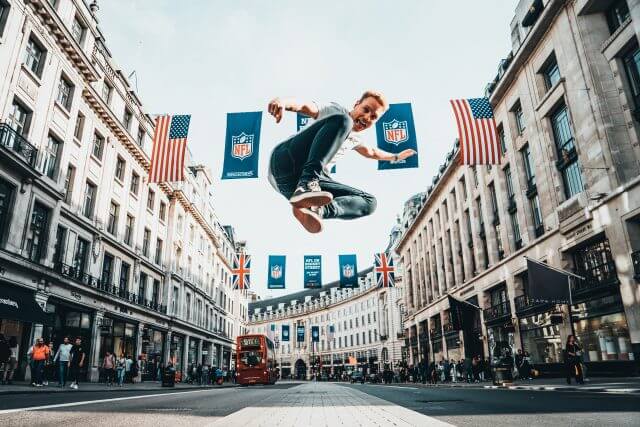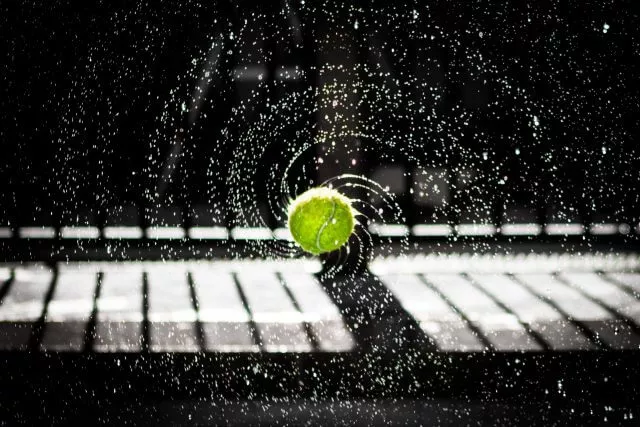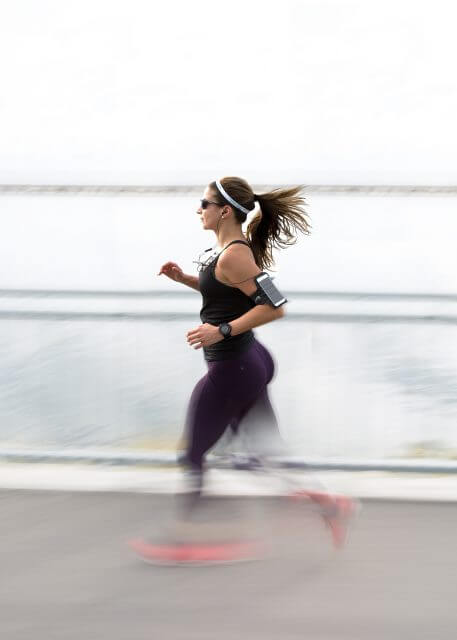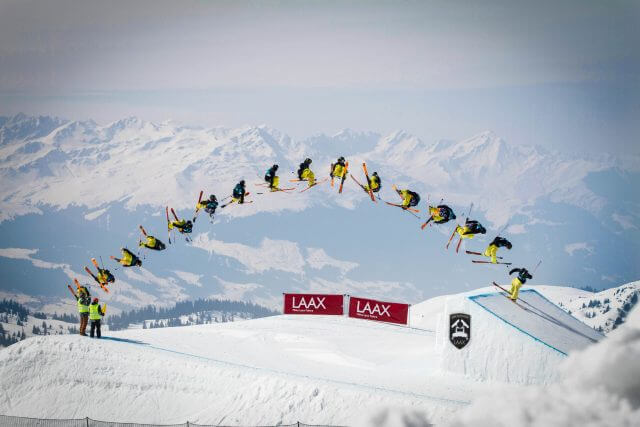There’s no rule that says a photograph must be a representation of a static subject. In fact, capturing motion is a surefire way to add an extra dimension of interest to a photo. Beginner photographers will sometimes jump immediately and exclusively to “blur” as a method of portraying motion in a photograph; of course, motion blur is an entirely effective means of achieving the desired goal, but it isn’t the only way to photograph motion.
It shouldn't come as a surprise to anyone that there are numerous ways to capture motion, but each of those techniques probably falls into one of three broader categories. Let’s look at the three basic methods of using your camera to capture motion.
Freeze Motion
“Freezing” a subject in motion is a staple of any good sports photographer and is accomplished by using a fast shutter speed and setting the camera to burst mode. While this technique might seem to lend itself to some level of effortlessness, it is important to understand that freezing motion isn’t a function of good luck. The goal is to craft a meaningful photo that showcases a particular gesture; the proverbial decisive moment does matter in these situations, as you want to freeze the moment that best indicator of the activity at hand.

If you want to greatly expand on the basic principle of freezing motion, you might try adding flash/strobes to your gear list so that you can photograph things like water droplets or breaking glass…or a bullet piercing an apple if you’re so inclined and possess all the right tools.

Motion Blur
Motion blur is a fascinating way of conveying movement because it allows you to “see” motion while also incorporating a degree of abstraction. Motion blur is, of course, achieved by using a slow or slow-ish shutter speed, but you have further creative options available beyond simply slowing the shutter: blur the background and keep the foreground in focus, blur the foreground and keep the background in focus, or use longer exposures to capture light trails.
When working with long shutter times you will typically want to use a tripod in order to avoid having everything in your shot turn out blurry. One exception to this guideline would be panning, a method of capturing movement by tracking your subject’s motion with your camera. This keeps the subject relatively sharp (when done properly) while blurring the background in such a way to invoke a sense of speed — an excellent slow shutter option for sports shooters.

Action Sequencing
Action sequence photography is another technique that leverages fast shutter speeds to capture and freeze motion but goes a bit further by moving into the realm of digital compositing. Using a tripod and a fixed location, you take multiple photographs of an action sequence that moves across your lens’ field of view. Then, using capable image editing software, you will merge those frames in such a way that a single image showing successive motion is created. Though there is a little more time and work involved (chiefly in the post-processing stage), action sequence photography serves as a means of conveying a radically different perspective of motion that couldn’t be otherwise portrayed in a single still image.

Final Thoughts On Capturing Motion
The decision on which technique to use to capture motion really comes down to how you want to communicate movement. Regardless of the route you take, always keep in mind that the elements of a good photo (composition, lighting, etc.) work in conjunction with your skillful handling of a given motion capture technique to create a successful photograph.




